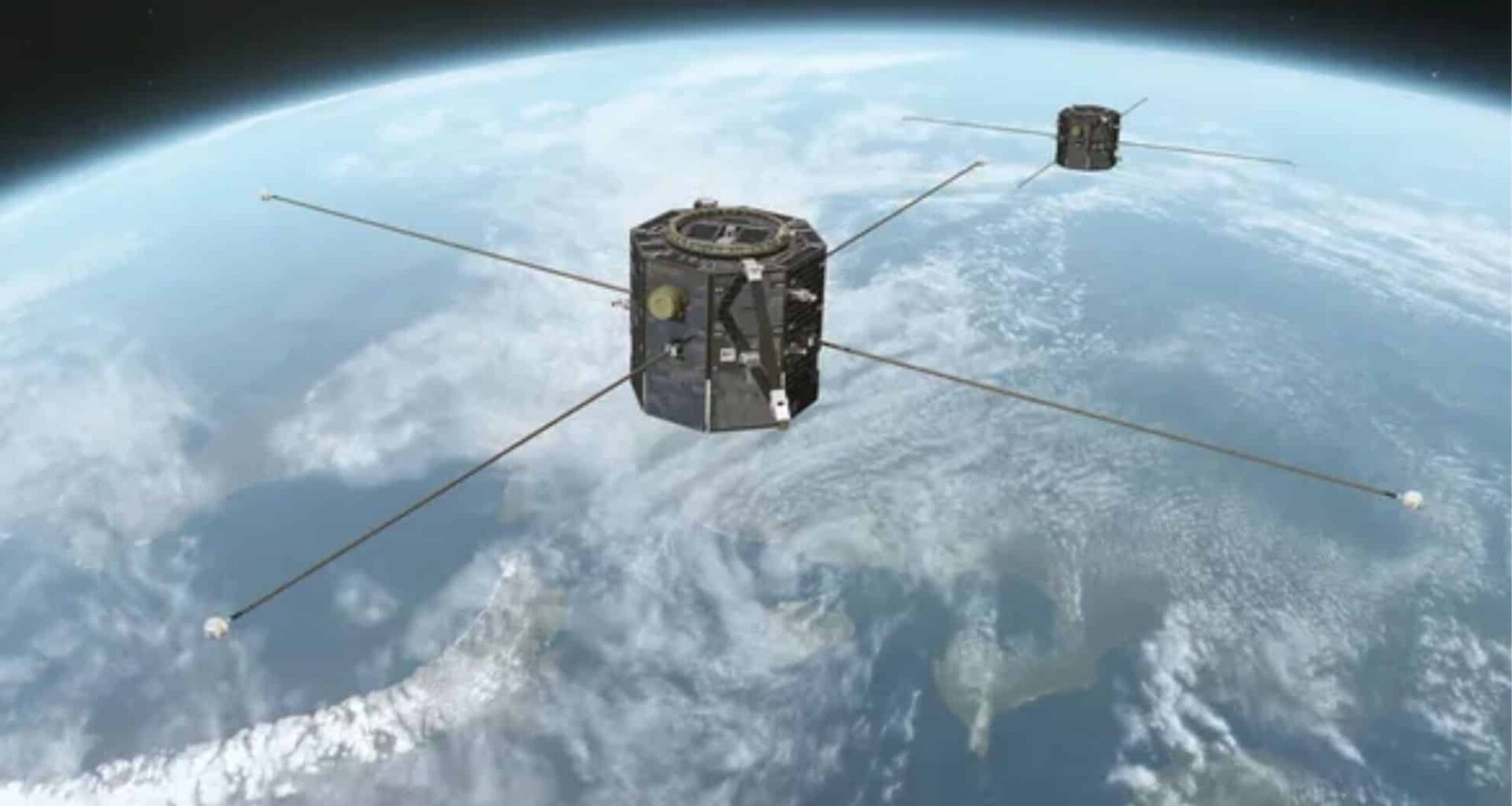In late July, two groundbreaking satellites will launch into space to study the effects of solar wind on Earth’s magnetosphere. The mission, called Tandem Reconnection and Cusp Electrodynamics Reconnaissance Satellites (TRACERS), will bring new insights into how solar storms interact with Earth’s magnetic field. This ambitious effort by NASA represents a major leap forward in understanding space weather and its potential to disrupt communication systems, power grids, and satellites, which are essential to our modern way of life. As solar storms continue to pose increasing risks to technological infrastructure, the TRACERS mission aims to enhance our ability to predict, and ultimately mitigate, the impacts of these cosmic phenomena.
Understanding the Magnetic Reconnection Process
One of the core areas of investigation for TRACERS is the process of magnetic reconnection. This phenomenon occurs when solar wind particles collide with Earth’s magnetic field, causing the field lines to snap and reconnect. This can release vast amounts of energy into the Earth’s atmosphere, accelerating charged particles that can generate auroral lights. However, the study of this process has been difficult, as traditional satellite missions only capture “snapshots” of reconnection events, without being able to observe their dynamics in real-time.
According to David Miles, the principal investigator of TRACERS from the University of Iowa, understanding these processes is “fundamental” to comprehending how the sun’s energy interacts with Earth’s magnetic field. This knowledge will help scientists predict space weather events that could severely impact technology on the ground and in orbit. He emphasized, “What TRACERS is going to study is how the output of the sun couples to near-Earth space… We’re looking to understand how the coupling between those systems changes in space and in time.”
TRACERS: A Unique Twin-Satellite Approach
One of the most innovative aspects of the TRACERS mission is its twin-satellite design. Unlike previous missions that sent single satellites to observe space weather events, TRACERS will use two spacecraft that will fly in close proximity to one another. These satellites will measure the effects of magnetic reconnection by collecting data in tandem, which allows scientists to compare two closely spaced measurements and obtain a clearer picture of how space weather evolves.
“They’re going to follow each other at a very close separation,” said Miles, explaining that one spacecraft will pass through a specific area, followed by the second spacecraft just two minutes later. This approach will significantly improve the accuracy of measurements compared to previous methods, allowing scientists to track the progression of space weather phenomena in real-time.
Predicting Solar Storms and Protecting Critical Infrastructure
The TRACERS mission is expected to improve our ability to predict solar storms, which can pose a serious threat to critical infrastructure. From communication systems and GPS signals to power grids and space-based assets, these storms can have far-reaching effects. As Joe Westlake, Director of NASA’s Heliophysics Division, stated, “What we’ll learn from TRACERS is critical for understanding, and eventually predicting, how energy from our sun impacts not only the Earth, but also our space- and ground-based assets, whether it be GPS or communications signals, power grids, space assets or our astronauts working in space.”
By providing scientists with more detailed and accurate data about the interactions between solar wind and Earth’s magnetosphere, TRACERS will improve our ability to forecast space weather events. This will, in turn, help mitigate potential damage caused by solar storms, ensuring that society’s most essential technologies remain safe and operational.
Joining Forces with Other NASA Missions
TRACERS will not operate in isolation. The mission will complement several existing NASA heliophysics missions, such as the Magnetospheric Multiscale Mission (MMM) and the Polarimeter to Unify the Corona and Heliosphere (PUNCH), which also study solar wind interactions. By collaborating with these other missions, TRACERS will offer new insights into space weather from a different vantage point, creating a more comprehensive understanding of the complex relationship between the sun and Earth’s space environment.
As Westlake pointed out, “TRACERS joins the fleet of current heliophysics missions that are actively increasing our understanding of the sun, space weather, and how to mitigate its impacts.” Together, these missions will form a vital network of spacecraft that monitor and study the sun’s activity, allowing for more accurate predictions and more effective strategies for protecting the Earth from solar storms.
